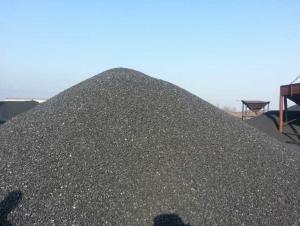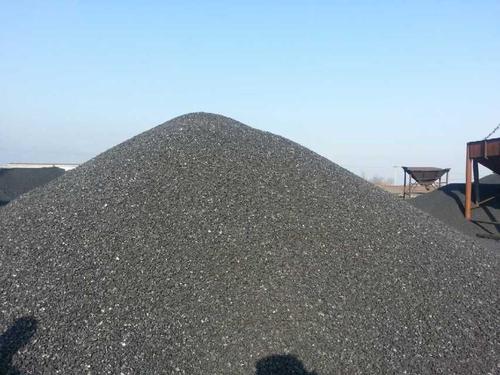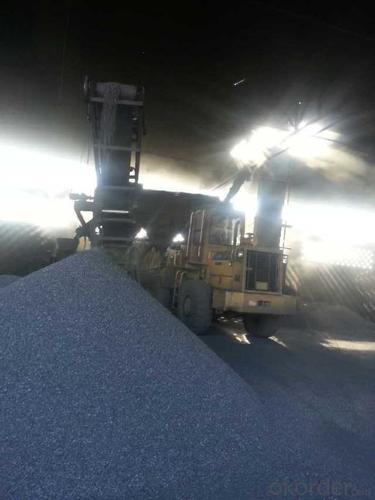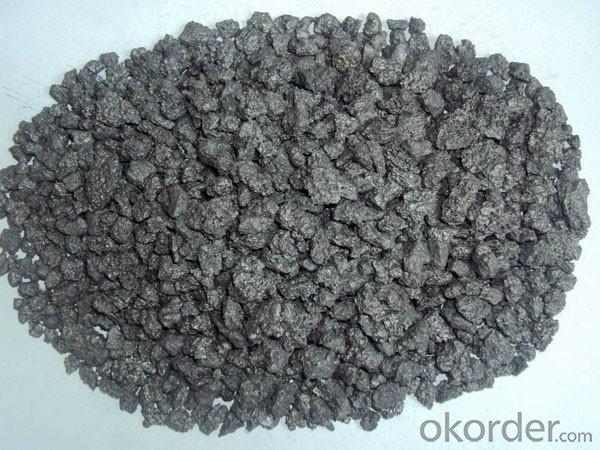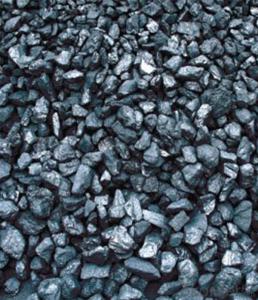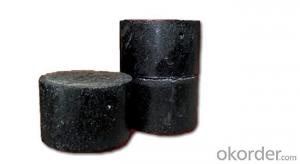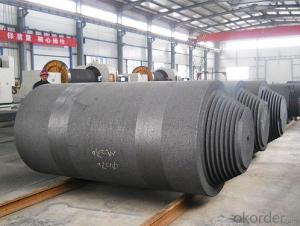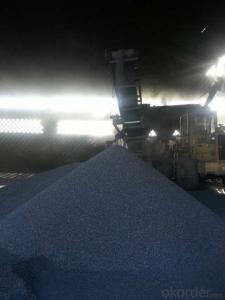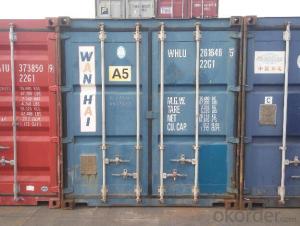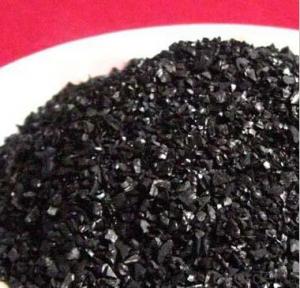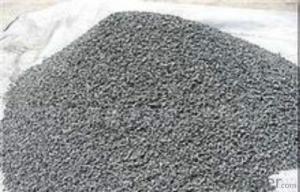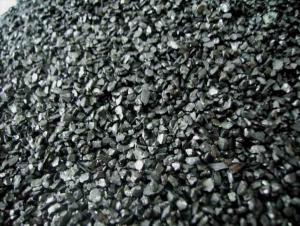Calcined Anthracite Used as Injection Carbon
- Loading Port:
- Tianjin
- Payment Terms:
- TT OR LC
- Min Order Qty:
- 20 m.t.
- Supply Capability:
- 5000 m.t./month
OKorder Service Pledge
OKorder Financial Service
You Might Also Like
Packaging & Delivery
Calcined Anthracite Used as Injection Carbon
25kgs/50kgs/1ton per bag or as buyer's request
Specifications
Calcined Anthracite Used as Injection Carbon
Calcined Anthracite
Fixed carbon: 90%-95%
S: 0.5% max
Size: 0-3. 3-5.3-15 or as request
Calcined Anthracite Used as Injection Carbon
It used the high quality anthracite as raw materials through high temperature calcined at over 2000 by the DC electric calciner with results in eliminating the moisture and volatile matter from anthracite efficiently, improving the density and the electric conductivity and strengthening the mechanical strength and anti-oxidation. It has good characteristics with low ash, low resistvity, low sulphur, high carbon and high density. It is the best material for high quality carbon products.
Advantage:
Calcined Anthracite Used as Injection Carbon
1. strong supply capability
2. fast transportation
3. lower and reasonable price for your reference
4.low sulphur, low ash
5.fixed carbon:95% -90%
6..sulphur:lower than 0.3%
General Specification of Calcined Anthracite:
Calcined Anthracite Used as Injection Carbon
| FC | 95 | 94 | 93 | 92 | 90 |
| ASH | 4 | 5 | 6 | 6.5 | 8.5 |
| V.M. | 1 | 1 | 1 | 1.5 | 1.5 |
| S | 0.3 | 0.3 | 0.3 | 0.35 | 0.35 |
| MOISTURE | 0.5 | 0.5 | 0.5 | 0.5 | 0.5 |
Pictures
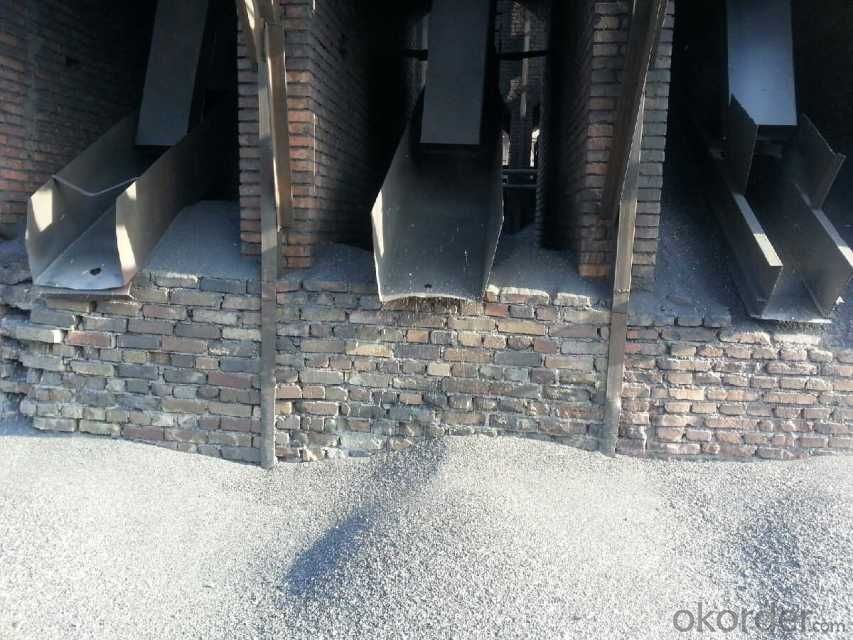
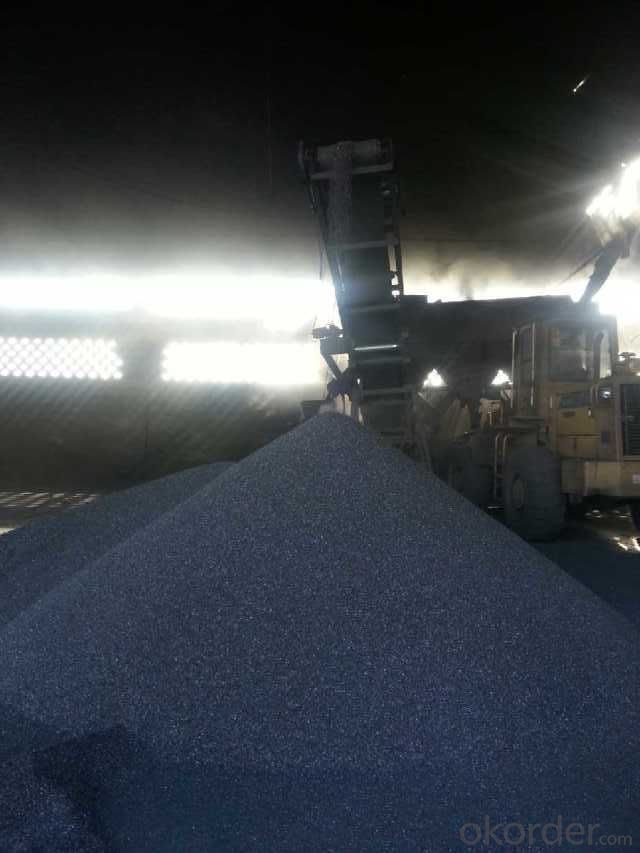

Advantage:
1.High quality and competitive price.
2.Timely delivery.
3.If any item you like. Please contact us.
Your sincere inquiries are typically answered within 24 hours.
- Q: How does carbon affect the formation of avalanches?
- The formation of avalanches is not directly affected by carbon. Rather, factors such as snowpack stability, slope angle, and weather conditions primarily contribute to their occurrence. Nevertheless, avalanche formation can be indirectly influenced by carbon emissions and climate change, which impact snowpack stability. Increased levels of carbon dioxide in the atmosphere contribute to global warming, consequently affecting the overall climate. This warming leads to changes in precipitation patterns, snowfall amounts, and snowpack characteristics. Higher temperatures can cause rain instead of snow, resulting in a less stable snowpack. Climate change, in addition to altered precipitation patterns, can cause the melting and refreezing of snow. This process creates weak layers within the snowpack. When combined with subsequent snowfall and wind, these weak layers can lead to unstable snowpacks that are prone to avalanches. Moreover, carbon emissions contribute to the overall warming of the planet, which in turn can lead to the retreat of glaciers. Glaciers act as natural barriers and stabilizers in mountainous regions, reducing the likelihood of avalanches. However, as glaciers shrink, they leave behind unstable slopes, thereby increasing the potential for avalanches. It is important to emphasize that while carbon emissions and climate change indirectly influence avalanche formation, they are not the primary or sole cause. Local weather conditions, slope angles, and snowpack stability assessments conducted by avalanche experts play a more immediate role in determining the likelihood of avalanches.
- Q: Excuse me, carbon steel, carbon steel pipe, seamless steel pipe, spiral steel pipe, what is the difference?
- According to the appearance shape are distinguished; the so-called carbon steel pipe; welded steel pipe should be called and said seam tube material, ordinary carbon steel, the whole tube has a longitudinal seam, by forming a so called drawing strip heating tube. Carbon steel plate is composed of ordinary carbon steel plate; a winding connection of a suitable low temperature and low pressure carbon steel plate which is called muons. Seamless steel tube is made by heating the tube blank.
- Q: How does carbon contribute to the strength of composite materials?
- The strength of composite materials is enhanced by carbon due to its distinctive properties and its ability to form robust chemical bonds. Carbon fibers or nanoparticles, when utilized, provide the composite material with both high tensile strength and stiffness. For reinforcing composite materials, carbon fibers are highly suitable due to their exceptional strength and lightweight nature. These fibers consist of tightly packed and aligned long, thin strands of carbon atoms. When incorporated into a matrix material like epoxy resin, the carbon fibers evenly distribute stress throughout the composite, thereby increasing its overall strength. The strength of composites is also influenced by the strong chemical bonds between carbon atoms. Carbon atoms have the capability to form covalent bonds that are both highly durable and stable. These bonds enable carbon to withstand significant levels of stress and deformation without fracturing, thereby making it an outstanding reinforcement material. In addition, carbon's high thermal conductivity facilitates efficient heat transfer away from the composite material, thereby preventing overheating and potential damage. This property is particularly significant in applications that involve temperature fluctuations or require high heat dissipation, such as the aerospace or automotive industries. In conclusion, carbon's unique properties, such as its high tensile strength, stiffness, strong chemical bonds, and thermal conductivity, play a crucial role in enhancing the strength and performance of composite materials.
- Q: What is carbon nanotechnology?
- Carbon nanotechnology is a branch of science and engineering that focuses on the manipulation and study of materials at the nanoscale using carbon-based materials, such as carbon nanotubes and graphene. Nanotechnology, in general, deals with structures and devices at the nanometer scale, which is about 1 to 100 nanometers in size. Carbon nanotechnology takes advantage of the unique properties of carbon to create and control nanostructures with exceptional mechanical, electrical, and chemical properties. Carbon nanotubes, for example, are cylindrical structures made of carbon atoms arranged in a hexagonal lattice. They have remarkable strength, thermal conductivity, and electrical properties due to their unique structure. Carbon nanotubes can be used in a wide range of applications, such as electronics, energy storage, and materials science. They hold great promise for creating stronger and lighter materials, more efficient batteries, and faster and smaller electronic devices. Graphene, another carbon-based material, is a single layer of carbon atoms arranged in a hexagonal lattice. It is known for its exceptional strength, electrical conductivity, and thermal conductivity. Graphene has the potential to revolutionize various industries, including electronics, medicine, and energy. Its properties make it a promising candidate for flexible electronics, high-performance batteries, and even drug delivery systems. Carbon nanotechnology also involves the development of methods to synthesize and manipulate carbon-based nanostructures. Researchers use various techniques like chemical vapor deposition, laser ablation, and molecular self-assembly to create nanoscale carbon materials. These techniques allow for precise control over the size, shape, and properties of the nanostructures, enabling the design of materials with tailored properties for specific applications. In summary, carbon nanotechnology is a field that explores the unique properties and applications of carbon-based materials at the nanoscale. It holds immense potential for revolutionizing various industries and creating new technologies that could benefit society in numerous ways.
- Q: What is a carbon free martensite?
- Common martensite in iron based alloys, the essence of carbon and alloy elements (or) in alpha iron in the supersaturated solid solution. The iron carbon alloy is two yuan, carbon in alpha iron in the supersaturated solid solution.
- Q: Where are carbon fiber sheets and carbon fiber sheets used?
- Carbon fiber and carbon fiber cloth, carbon fiber cloth, carbon fiber woven cloth, carbon fiber prepreg, carbon fiber cloth, carbon cloth, carbon fiber fabric, carbon fiber, carbon fiber sheet (prepreg) etc.. Carbon fiber reinforced fabric is one kind of unidirectional carbon fiber reinforced product, usually made of 12K carbon fiber silk fabric. To reinforce the structure of the tensile and shear strength and seismic carbon fiber cloth, the supporting material and impregnated together using a carbon fiber composite material, carbon fiber cloth sheet excellent performance can be enhanced to form a complete system, suitable for processing the building load increasing, the engineering function change, material aging, concrete strength grade is lower than reinforcement design, structure crack treatment, environment protection and repair service component.Carbon fiber board 1) Aerospace: airframe, rudder, rocket engine shell, missile diffuser, solar panel, etc.;2) sports equipment: auto parts, motorcycle parts, fishing rods, baseball bats, skis, boats, badminton rackets and so on;3) industry: engine parts, concrete structures, reinforced materials, fan blades, transmission shaft, and electrical components and so on;4) fire: suitable for army, fire fighting, steel mills and other special high-grade fireproof clothing production.Fire rating: Class A - non flammable, standard GB8624-2006, German standard DIN4102, A1 classCivil buildings, bridges, tunnels, earthquake, reinforced concrete structure, reinforcing material for reinforcement structure, tensile shear and seismic carbon fiber cloth, the use of common materials and supporting adhesive, constitute a complete performance excellence with carbon fiber cloth material reinforcing system. The system is suitable for beams, columns, slabs, tunnels, circles, arcs, etc..
- Q: What are the benefits of carbon-neutral technologies?
- Carbon-neutral technologies play a crucial role in addressing climate change and creating a sustainable future due to their numerous benefits. Firstly, these technologies effectively reduce greenhouse gas emissions, especially carbon dioxide, which is the primary contributor to global warming. By transitioning to carbon-neutral technologies, we can significantly decrease our carbon footprint and mitigate the adverse effects of climate change. Secondly, carbon-neutral technologies promote energy efficiency and the conservation of resources. Many of these technologies, such as solar and wind power, utilize endless and easily accessible natural resources. This reduces our dependence on finite fossil fuels, thus safeguarding the environment and enhancing energy price stability. Moreover, embracing carbon-neutral technologies leads to improved air quality and public health. Conventional energy sources like coal and oil contribute to air pollution and have detrimental effects on human health, including respiratory and cardiovascular issues. By adopting cleaner technologies, we can reduce air pollution and enhance the well-being of individuals and communities. Additionally, carbon-neutral technologies can stimulate economic growth and create job opportunities. The development, installation, and maintenance of renewable energy infrastructure require skilled workers, leading to job creation and economic development. This transition also reduces reliance on imported energy sources, thereby enhancing energy independence and national security. Lastly, by embracing carbon-neutral technologies, we can demonstrate global leadership and contribute to international efforts in combating climate change. Countries that adopt these technologies serve as role models for others and encourage global cooperation in reducing greenhouse gas emissions. In conclusion, carbon-neutral technologies offer a wide range of benefits that are multidimensional. They not only help mitigate climate change and reduce greenhouse gas emissions but also promote energy efficiency, enhance air quality, stimulate economic growth, and contribute to global efforts in creating a sustainable future.
- Q: What are the carbon monoxide collection methods?
- Drainage method.Because the density of carbon monoxide is almost the same as the density of air, it is difficult to obtain pure carbon monoxide by exhaust air.
- Q: How does carbon impact the prevalence of floods?
- Carbon emissions contribute to climate change, which in turn can increase the prevalence of floods. This is because carbon dioxide and other greenhouse gases trap heat in the atmosphere, leading to global warming. As temperatures rise, more water evaporates from oceans, rivers, and other bodies of water. This increased moisture in the air can result in heavier rainfall and more intense storms, leading to a higher risk of flooding. Additionally, global warming also contributes to the melting of glaciers and ice caps, causing sea levels to rise and further exacerbating flood events in coastal areas.
- Q: How is carbon used in the water treatment process?
- Carbon is used in the water treatment process as a highly effective adsorbent to remove organic compounds, chemicals, and impurities from water. It acts as a filter by trapping contaminants on its surface, improving the taste and odor of water and making it safe for consumption.
Send your message to us
Calcined Anthracite Used as Injection Carbon
- Loading Port:
- Tianjin
- Payment Terms:
- TT OR LC
- Min Order Qty:
- 20 m.t.
- Supply Capability:
- 5000 m.t./month
OKorder Service Pledge
OKorder Financial Service
Similar products
Hot products
Hot Searches
